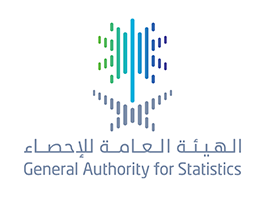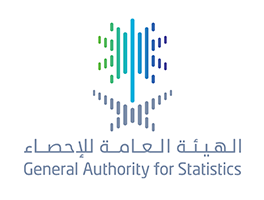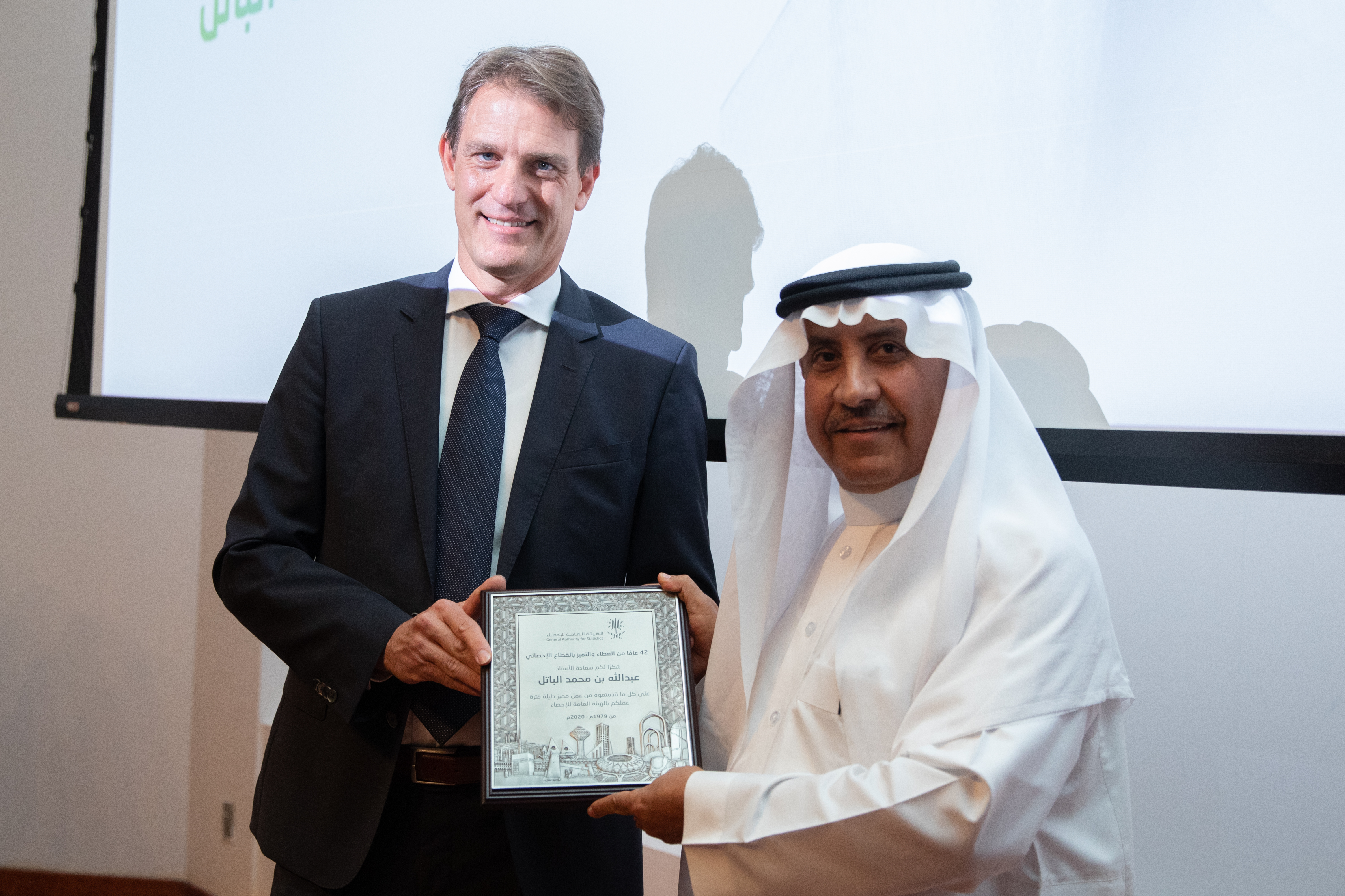Official government website of the Government of the Kingdom of Saudi Arabia
Links to official Saudi websites end withgov.sa
All links to official websites of government agencies in the Kingdom ofSaudi Arabia end with .gov.sa
Government websites use theHTTPSprotocol for encryption and security.
Secure websites in the Kingdom of Saudi Arabia use the HTTPS protocolfor encryption.

General Authority for Statistics Holds the Saudi Standard Classification of Occupations’ Forum on Wednesday
09-03-2021
The General Authority for Statistics Launches the Tourism Establishments Survey Project
30-01-2021

Statistics: The results of the labor market survey will be released during the coming period, due to the importance of the target period, and more reviews
20-01-2021
The General Authority for Statistics Participates in the Gulf Statistics Day ...
24-12-2020
The General Authority for Statistics is seeking the opinion and comments of the public for the proposed Statistics Law
24-11-2020
GASTAT Releases the Real-Estate Price Index report for the 3rd Quarter 2020
19-11-2020

GASTAT president honors Albatel after a successful career path that lasts for 40 years
16-11-2020
GASTAT: The unemployment rate of the total population and the Saudis decreased during the first quarter of 2019 compared to the last quarter of 2018
19-10-2020

General Authority for Statistics Holds the Saudi Standard Classification of Occupations’ Forum on Wednesday
09-03-2021
The General Authority for Statistics Launches the Tourism Establishments Survey Project
30-01-2021

Statistics: The results of the labor market survey will be released during the coming period, due to the importance of the target period, and more reviews
20-01-2021
The General Authority for Statistics Participates in the Gulf Statistics Day ...
24-12-2020
The General Authority for Statistics is seeking the opinion and comments of the public for the proposed Statistics Law
24-11-2020
GASTAT Releases the Real-Estate Price Index report for the 3rd Quarter 2020
19-11-2020

GASTAT president honors Albatel after a successful career path that lasts for 40 years
16-11-2020
GASTAT: The unemployment rate of the total population and the Saudis decreased during the first quarter of 2019 compared to the last quarter of 2018
19-10-2020